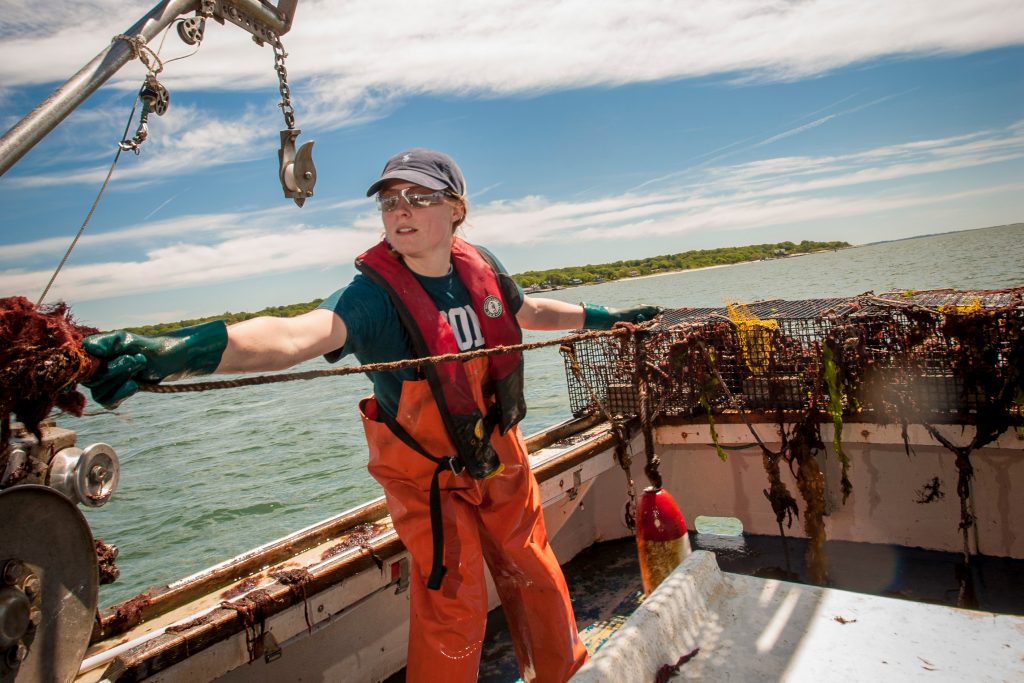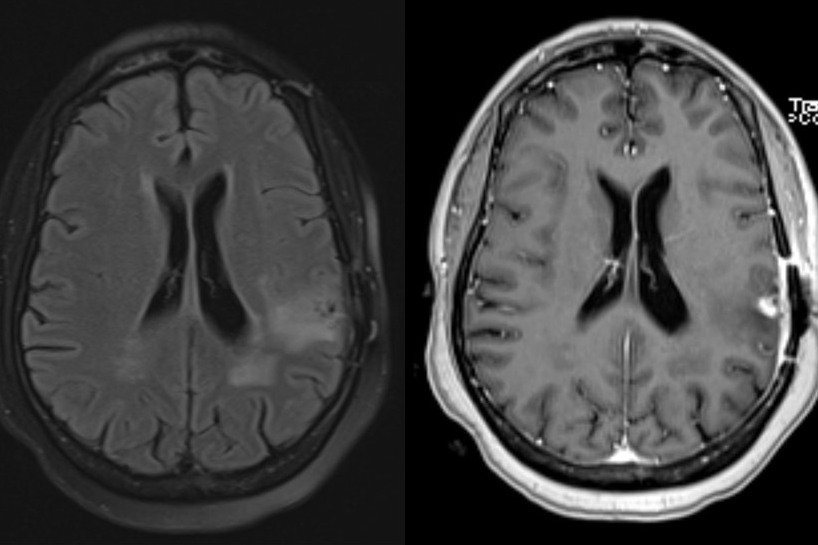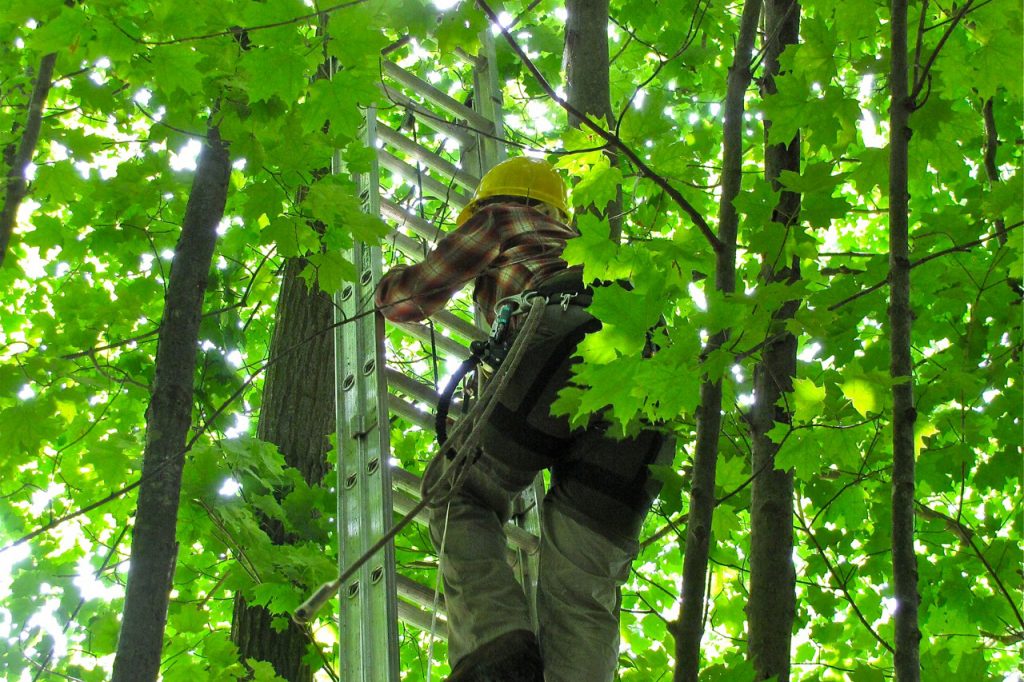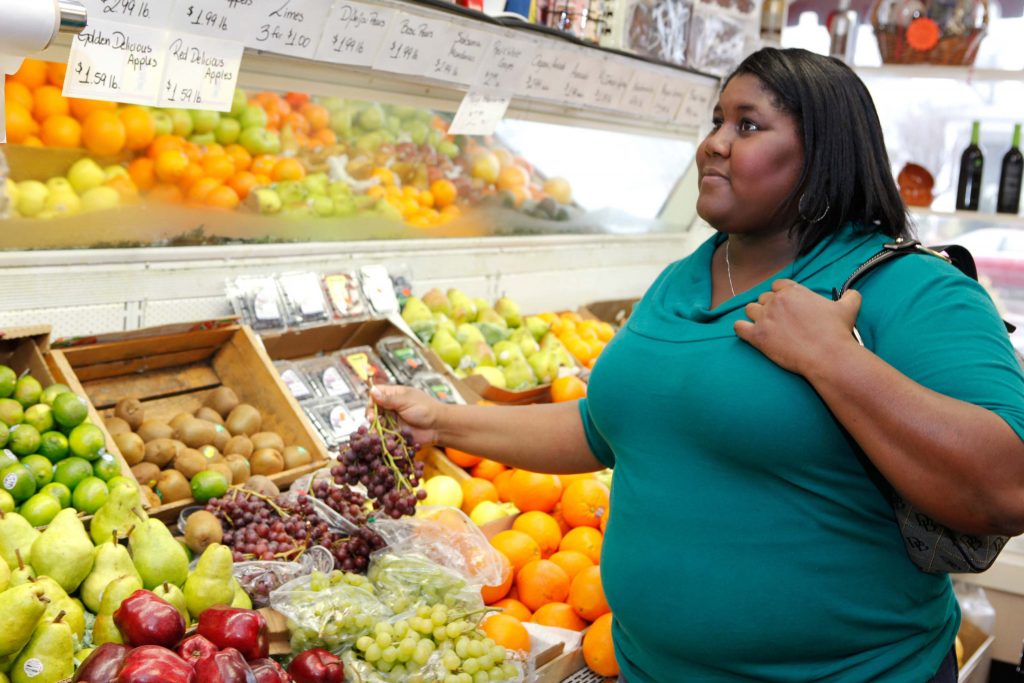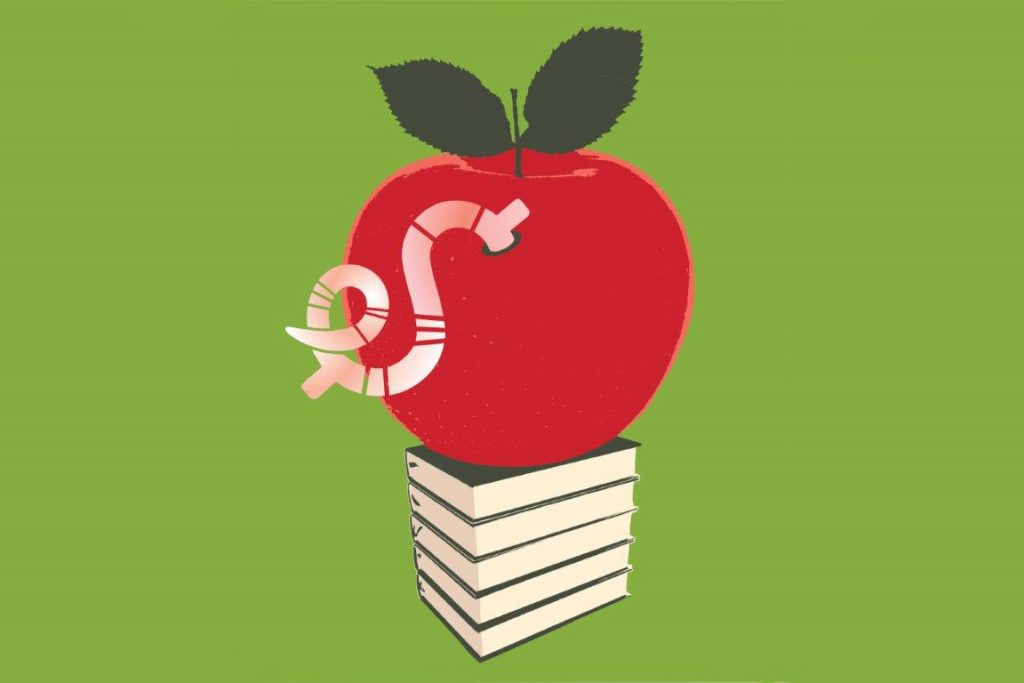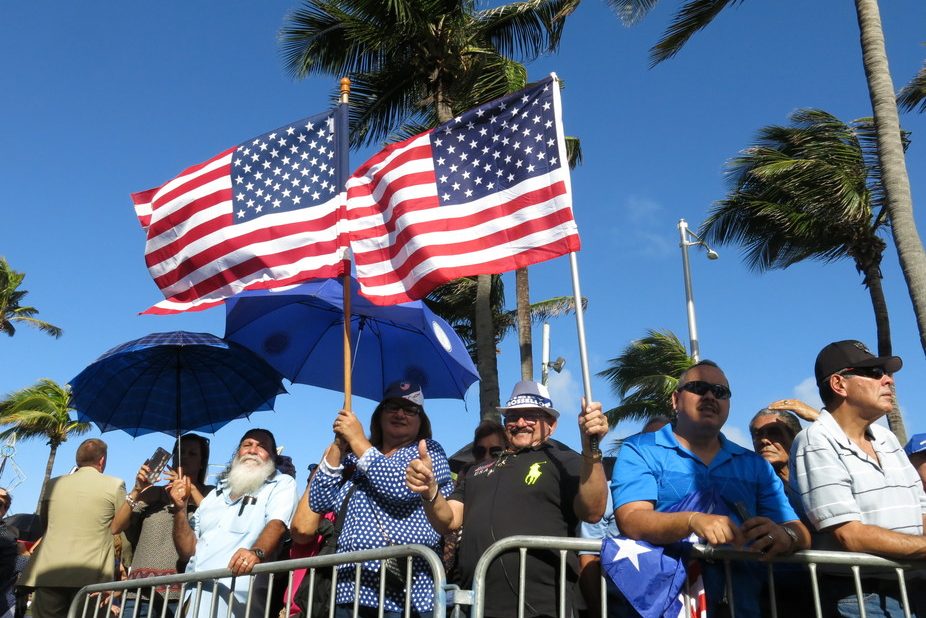Research & Discovery
UConn Pilots New Measure of How Fast You Walk
A sudden slowdown in gait speed signals a senior's health is in decline.
March 21, 2017 | Kim Krieger
UConn Partners with Mystic Aquarium on Undergraduate Research
The two institutions will establish a Research Experience for Undergraduates site to encourage students from underrepresented groups to pursue careers in marine sciences or other STEM fields.
March 20, 2017 | Combined Reports
Thoreau: Out of the Woods and Onto the River
UConn professor Robert Thorson says Henry David Thoreau, best known for writing about life in the woods, was also a boatman and scientific expert.
March 14, 2017 | Kenneth Best
I’ve Heard of it, But What Exactly is Epilepsy?
With UConn Health poised to open a new Epilepsy Monitoring Unit in April, the head of the neurology department discusses this common seizure condition.
March 13, 2017 | Lauren Woods
On the Research Landscape, Private Funding Grows
Fiscal 2016 was a record year for the UConn Foundation’s fundraising for research, with the total more than double that of the previous record year.
March 13, 2017 | Grace Merritt, UConn Foundation, & Jessica McBride, Office of the Vice President for Research
Weight-Based Stigma an Obstacle to Sustaining Weight Loss
A new study from the UConn Rudd Center suggests that internalized negative weight-based attitudes in particular undermine personal efforts to sustain weight loss.
March 7, 2017 | Daniel P. Jones, UConn Rudd Center
Accounting for Extreme Rainfall
A UConn climate scientist says more intense and frequent rainfall is coming, with no drop-off.
March 6, 2017 | Colin Poitras
Sugary Drink Sales Drop After Community Campaign
A three-year public health campaign to encourage people to consumer fewer sugary drinks led to a drop in sales of those drinks by nearly 20 percent.
March 6, 2017 | Daniel P. Jones, UConn Rudd Center
A Lesson from Enron: Charter Schools Need More Oversight
A UConn professor of education and law draws parallels between financial mismanagement in the charter school sector and the notorious Enron accounting scandal.
March 6, 2017 | Loretta Waldman
Op-ed: Are Puerto Ricans Really American Citizens?
With a plebiscite pending in June, political science professor Charles Venator-Santiago discusses the contradiction that while Puerto Ricans are officially U.S. citizens, the territory remains unincorporated.
March 3, 2017 | Charles R. Venator-Santiago, Department of Political Science & El Instituto

